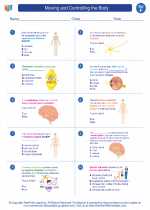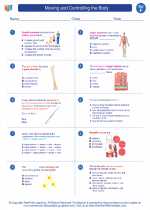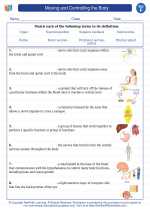Arteries
Arteries are blood vessels that carry oxygenated blood away from the heart to the rest of the body. They have thick, muscular walls that allow them to withstand the high pressure generated by the pumping of the heart. The largest artery in the body is the aorta, which branches off into smaller arteries that deliver blood to specific regions of the body.
Veins
Veins are blood vessels that carry deoxygenated blood back to the heart. Unlike arteries, veins have thinner walls and lower pressure, as the blood has already passed through the body and is on its way back to the heart. Veins also contain valves that help prevent the backflow of blood.
Capillaries
Capillaries are the smallest and most numerous blood vessels in the body. They connect arteries to veins and are the site of exchange of nutrients, oxygen, and waste products between the blood and the body's tissues. Capillary walls are extremely thin, allowing for efficient diffusion of substances.
Study Guide for Blood Vessels
- What are the three main types of blood vessels?
- Describe the function and structure of arteries.
- Explain the role of veins in the circulatory system.
- What is the function of capillaries and what makes them unique?
- How do arteries, veins, and capillaries work together to maintain circulation?
- Discuss the importance of blood vessel health and ways to keep them healthy.
◂Science Worksheets and Study Guides Sixth Grade. Moving and Controlling the Body

 Worksheet/Answer key
Worksheet/Answer key
 Worksheet/Answer key
Worksheet/Answer key
 Vocabulary/Answer key
Vocabulary/Answer key
 Vocabulary/Answer key
Vocabulary/Answer key
 Vocabulary/Answer key
Vocabulary/Answer key
